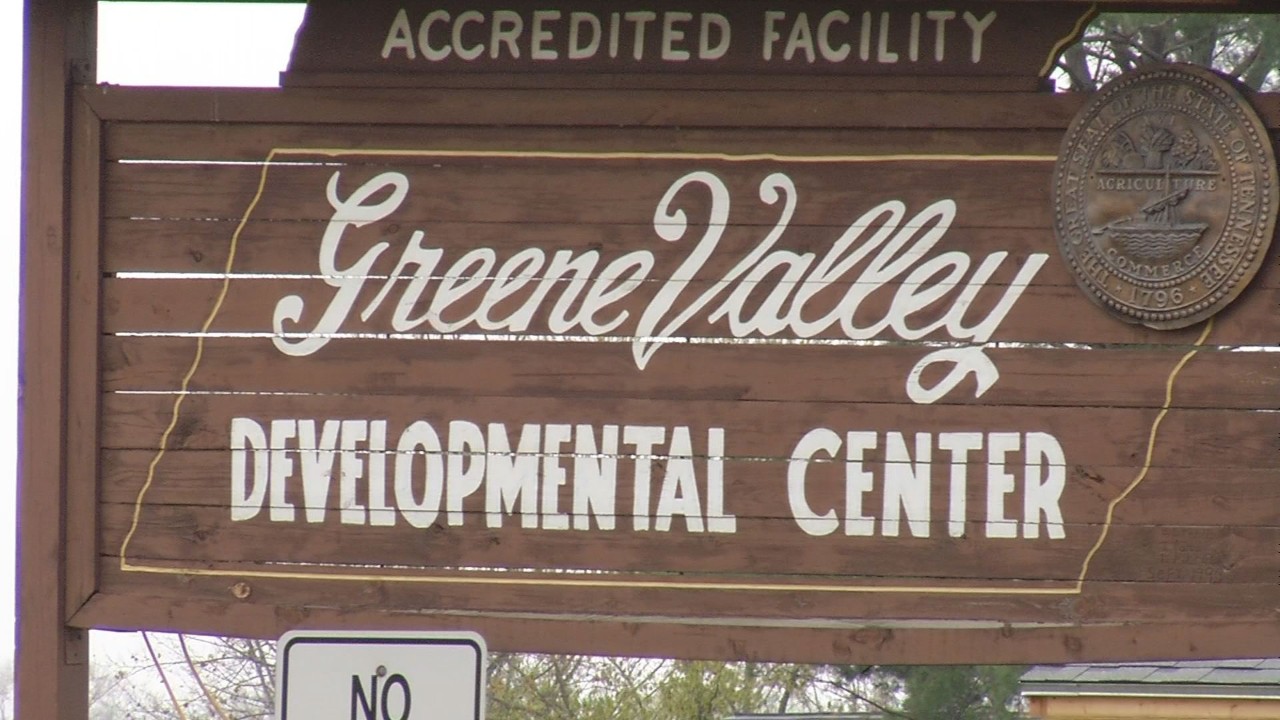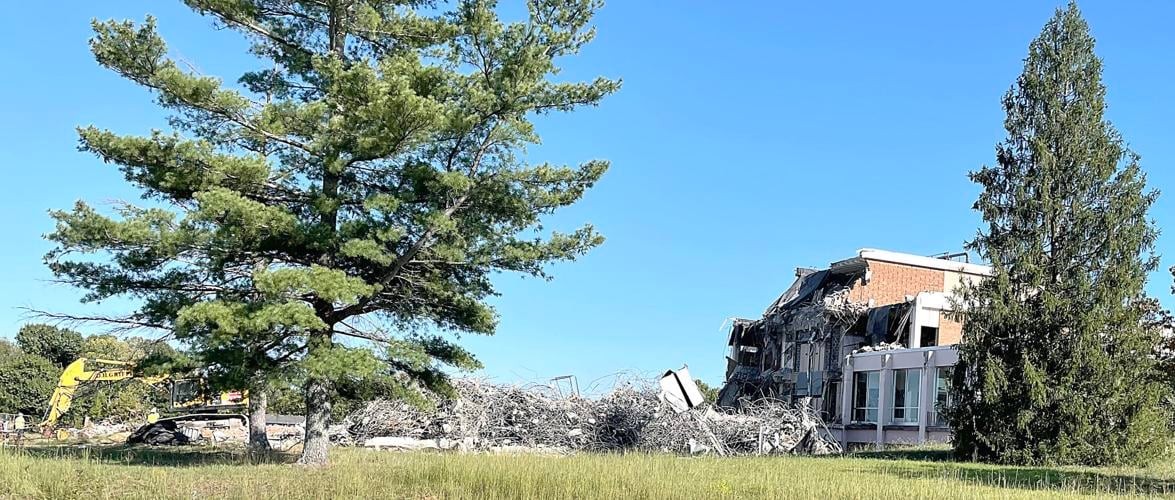From Institutions to Community Living: A Brief History of Disability Housing

Not long ago, the default “housing” for people with intellectual and developmental disabilities (IDD) was institutionalization.
For much of the 20th century, people with intellectual and developmental disabilities (IDD) or severe mental illness (SMI) were often sent to live in large, state-run institutions. These were big facilities (sometimes called training schools or developmental centers) that held dozens or even hundreds of people. While these institutions began with good intentions and plans to provide therapy, medical care, and even work opportunities, life inside the institutions was strict and controlled.
These institutions were often built far away from communities and their residents’ families. Being sent to one of these institutions meant that you could be cut off from those who loved you, often for months or years.
Over time, many of these institutions became more and more overcrowded, understaffed, and unsafe. By the 1960s, the truth began to slowly emerge as news reports and investigations exposed what families were afraid was happening but rarely saw for themselves: harsh, inhumane conditions.

In 1972, a reporter named Geraldo Rivera filmed inside the Willowbrook State school in New York. He showed the world images no one could forget – rooms crammed with children, many sick, unclothed, and without proper care. The images of overcrowding, disease, and neglect were so shocking that the public could no longer pretend these conditions did not exist. Outrage followed, and change began.
One of the major changes that happened was the creation of protection and advocacy (P&A) agencies in every state. Disability Rights Tennessee is one of these agencies. These groups work to protect people from abuse and work for fair treatment for people with disabilities. (P&As are created under the same law as councils like ours and university centers of excellence in developmental disabilities. Together, our organizations make up the Developmental Disabilities Network.)
Many families and self-advocates pushed for change, as well. They wanted the right for people with developmental disabilities to live in the community and not to be hidden away. Research shows that community living brings real benefits. People who are connected to their communities have more independence, better health, more employment, and fuller, longer lives.
Between 1967 and 2017, the number of people with I/DD living in state run institutions fell from 194,650 to 18,807.
Source: Larson et al., 30 Years of Community Living for Individuals with IDD (ACL/HHS, 2021).
The struggle for change for people with disabilities didn’t happen by itself. The disability rights movement grew alongside the broader civil rights movement happening across the country during this time. That energy for change helped drive deinstitutionalization across the country.
In 1981, the federal government created the Medicaid Home and Community-Based Services (HCBS) waivers. For the first time, states could use Medicaid to pay for services outside of institutions. This meant that getting supports and services in an institution was no longer the only option.
What is “Deinstitutionalization”?
Deinstitutionalization is the process of moving people with disabilities out of large, state-run institutions and into community-based living. Its goal was that instead of being isolated in big facilities, people could now live in smaller group homes, supported apartments, or with their families while still receiving the services they needed.
This change opened the door for people to get support in group homes, supported living, or in their own family homes. The HCBS waiver program meant that thousands of people could live more comfortably and freely.
Over the decades that followed, tens of thousands of people across the nation left institutions. They moved into smaller homes in ordinary neighborhoods, where life looked and felt more like everyone else’s.
“I meant what I said. I’m going to raise a stink. No, don’t leave one person in there.”
-- Hugh McCleary, People First of Tennessee (Mouth #43, 1997)
Tennessee’s Path
Tennessee followed the national path. In the 1990s, lawsuits and federal oversight forced the state to address unsafe conditions at places like Arlington, Clover Bottom, and Greene Valley Developmental Centers.
Step by step, the state invested in community-based services, supported families, and created new options for people to get services outside of institutions.
In 2017, we became the 14th state to close its last large, state-run institution for people with IDD. Greene Valley Developmental Center closed after more than 50 years. Today, Tennesseans with IDD who receive state supports get them in home and community-based settings.
“People First of Tennessee has won the war. Every DD institution in that state will shut down in the next five years […] all will close their doors forever.”
-- Josie Byzek and Lucy Gwin (Mouth #43, 1997)
In 1999, the U.S Supreme Court issued an important decision in Olmstead v L.C. The Court ruled that keeping people with disabilities in institutions if they could live in the community was a form of discrimination under the Americans with Disabilities Act (ADA). In the Court’s words: “unjustified isolation…is properly regarded as discrimination.”
In other words: separate is not equal. People with disabilities have the right to live in regular community settings whenever possible, with the supports they need.
Just like when the Supreme Court declared that racial segregation in schools was unconstitutional, Olmstead declared that the segregation of people with disabilities in institutions violated their civil rights.
The HCBS “Settings Rule”
The HCBS Settings Rule is a federal standard for Medicaid funded services. It says that programs must support real community life in order to qualify for Medicaid. That means people can:
- choose where and with whom they live
- have privacy, including locks on bedroom and bathroom doors
- go where they want in the community
- make everyday choices about meals, schedules, work, and visitors
States wrote “Olmstead plans” to expand community programs, so people could leave (or avoid) institutions. Federal Medicaid policy began to require new standards, known as the HCBS “Settings Rule.” These standards were designed to make sure that programs funded by Medicaid support inclusion and integration, and not just a smaller version of institutional life.
Why This History Matters Now
This history matters because it explains why today’s housing options emphasize values like choice, inclusion, and self-determination for people with IDD. History taught us that people with disabilities want and need to live as part of the broader community. People with IDD continue to tell us they want personal support that gives them choices and helps them work on their own goals for a good life.
However, many disability advocates point out that we still haven’t met all the promises of deinstitutionalization. Many people with IDD still struggle to get the support they need to live full lives as part of the community. National data tell us that only about 17% of people with developmental disabilities get paid disability services.

This leaves many family members as the only source of support for their loved ones with IDD. Aging caregivers worry about what will happen when they are no longer able to provide support for their loved ones with IDD. As housing prices have risen across Tennessee, affordable and accessible housing has gotten harder for families to find.
These frustrations are leading people with IDD and their families to ask for new solutions. We know more work is needed to make sure every person with IDD can live where they want, with support that works for them.
As advocates and leaders in disability services work together to find answers, we take with us the lessons of history. New ideas can continue Tennessee’s progress toward greater choice and self-determination for people with IDD. Building on the progress of the past will allow us to create the future Tennessee’s IDD community deserves.